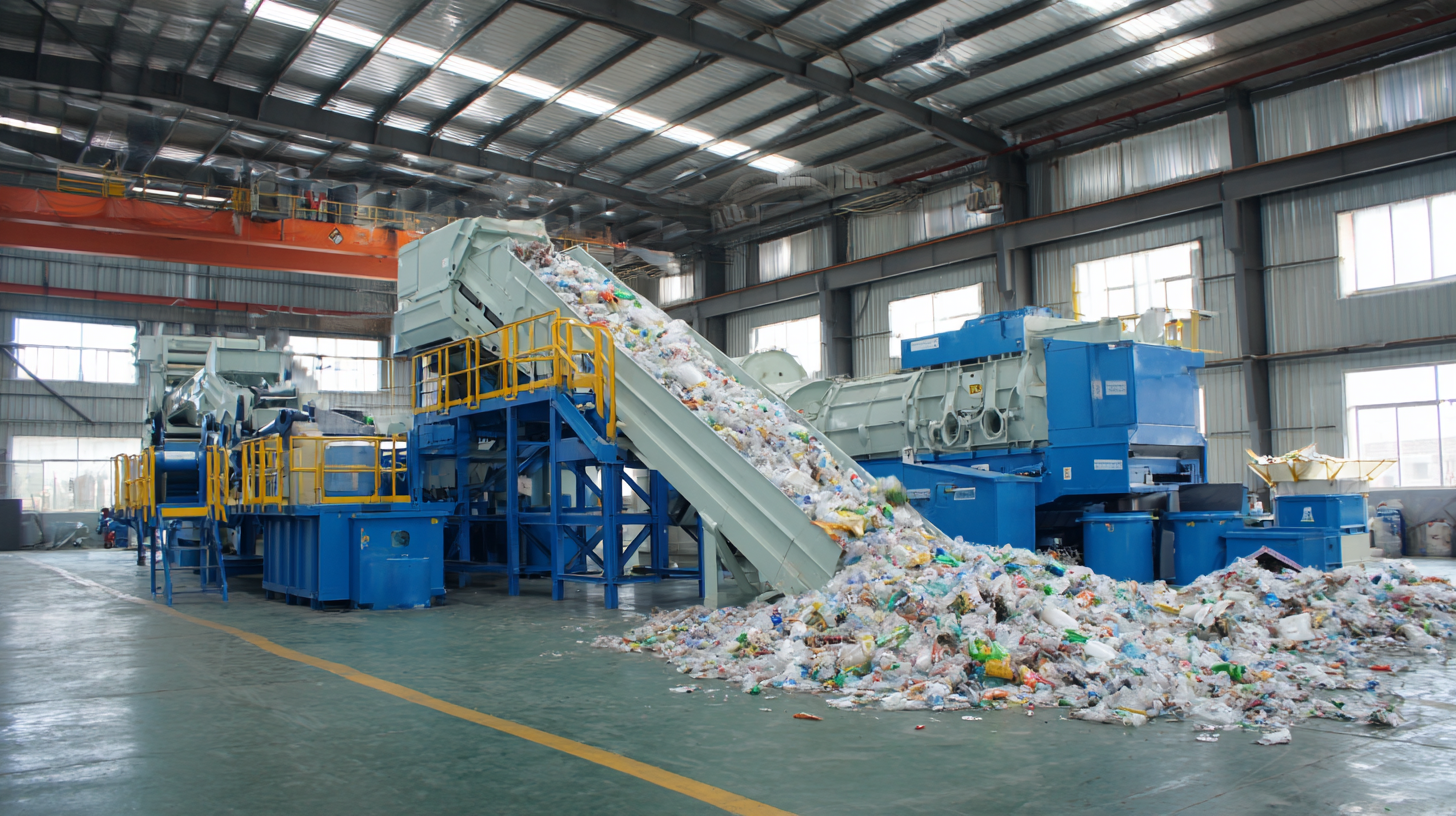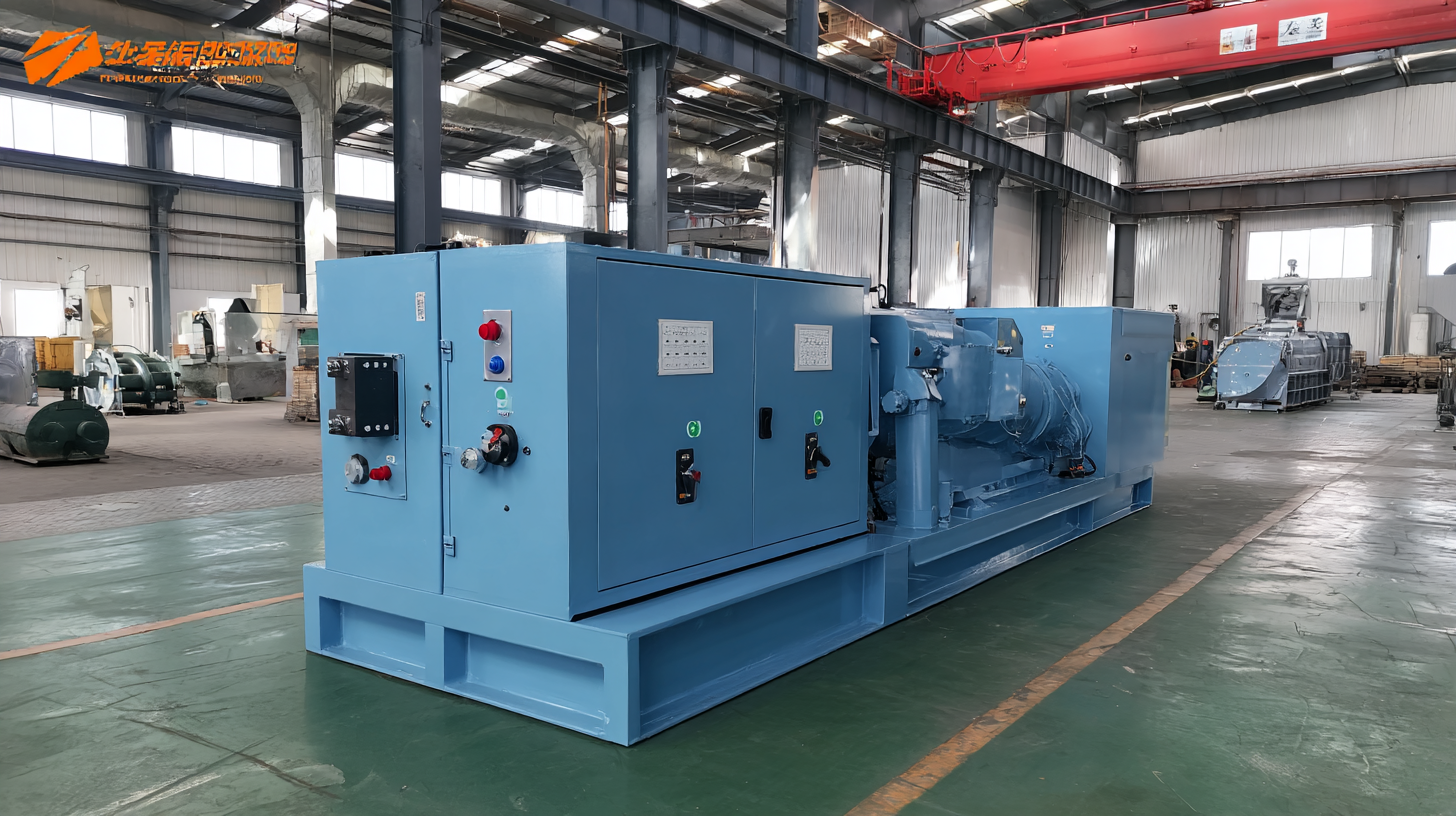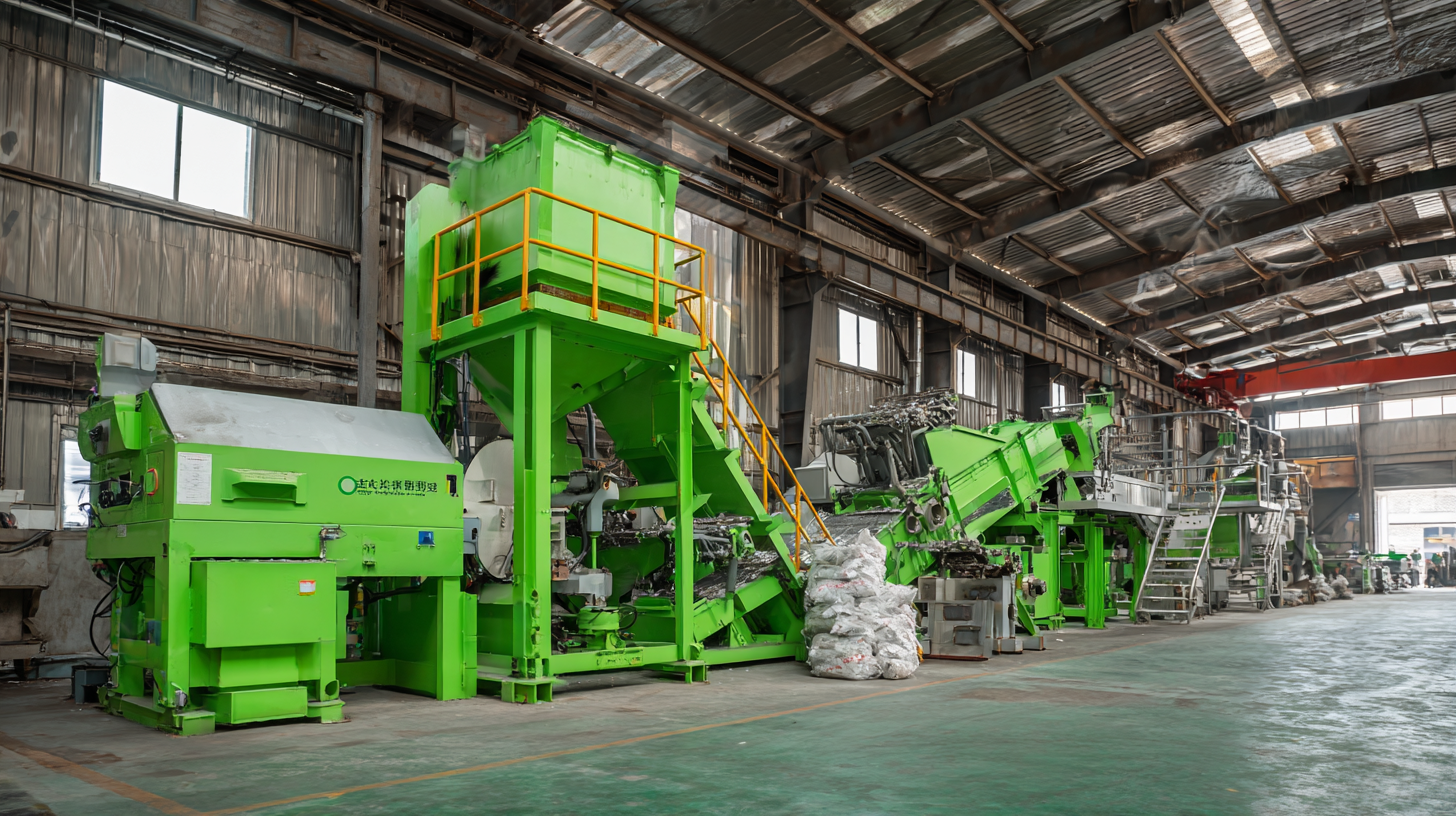The global plastic waste management market is projected to reach unprecedented heights, spurred by increasing environmental concerns and stringent regulatory frameworks. According to a recent market analysis, the demand for efficient waste processing solutions, particularly Plastic Waste Shredders, is anticipated to surge significantly by 2025. Leading Chinese manufacturing experts are at the forefront of this innovation, providing top-quality shredders that cater to the growing need for sustainable waste management practices. As the world grapples with the consequences of plastic pollution, the ability to effectively shred and recycle plastic waste becomes crucial. Industry reports indicate that the Plastic Waste Shredder market alone is expected to grow at a CAGR of over 6% in the coming years, reflecting manufacturers' response to both consumer demands and ecological responsibilities. With advanced technologies and robust manufacturing processes, these experts are paving the way for a cleaner, greener future.

In an era where environmental concerns are at the forefront of global conversations, plastic waste shredding has emerged as a critical process in promoting eco-friendly practices. According to a report by the World Economic Forum, approximately 300 million tons of plastic are produced each year, with a staggering 8 million tons ending up in our oceans. This highlights the pressing need for efficient waste management solutions, where shredders play a pivotal role in converting plastic waste into manageable pieces that can be recycled or repurposed.
Employing advanced shredding technology not only aids in reducing the volume of waste but also enables the recovery of valuable materials. Data from the Ellen MacArthur Foundation suggests that a circular economy approach, with a focus on recycling and reusing plastics, could generate economic benefits exceeding $1 trillion annually by 2030. Innovations in plastic waste shredders from leading Chinese manufacturers offer robust capabilities, enhancing the efficiency of recycling operations and ensuring that more plastic waste is diverted from landfills. By understanding the importance of these machines, industries can contribute to a sustainable future while maximizing their operational performance.
This bar chart illustrates the increasing recycling rates of plastic waste over the past five years. As plastic waste shredders become more efficient and widely used, we see a significant rise in the percentage of plastic waste being recycled, highlighting the importance of shredding in eco-friendly practices.
When considering the purchase of a high-quality plastic waste shredder, it's essential to focus on several key features that can ensure efficiency and longevity. First, the shredding capacity is crucial. According to industry reports, top-tier shredders have a capacity ranging from 300 kg to 1,500 kg per hour, making them suitable for various scales of operations. A shredder that can handle a diverse range of plastics, including rigid and flexible materials, is particularly advantageous, as this versatility caters to the fluctuating demands of recycling facilities.
Another important feature to look for is the motor power and efficiency. Advanced shredders typically come equipped with high-torque motors, offering between 15 kW to 75 kW of power, which translates into better performance with minimal energy consumption. Efficient cooling systems and overload protection also enhance the shredder's durability and operational safety. Moreover, modern shredders often integrate smart technology, allowing for real-time monitoring and diagnostics, ensuring that the machine operates at optimal levels while minimizing downtime. This technological advancement not only improves productivity but also supports sustainable waste management practices in line with global recycling goals.
| Feature | Description | Importance |
|---|---|---|
| Motor Power | High horsepower motors for efficient shredding | Ensures effective processing of large volumes |
| Blade Material | High-grade steel blades | Durability and longevity while minimizing wear |
| Shredding Capacity | Varies from 300 to 3000 kg/hour | Meets different industrial requirements |
| Safety Features | Emergency stop buttons, overload protection | Ensures operator safety during operation |
| Size Reduction Ratio | Up to 90% size reduction | Facilitates efficient disposal and recycling |
| Control System | Advanced PLC control with touchscreen interface | Enhances ease of use and monitoring |
| Noise Level | Low noise operation (<80 dB) | Reduces workplace noise pollution |
| Maintenance Requirements | Minimal maintenance with easy access to parts | Saves time and costs in the long run |
When considering the import and export of plastic waste shredders, understanding the required certifications is crucial for compliance with international standards and regulations. Manufacturers must navigate a complex landscape of certifications such as ISO 9001 for quality management systems, CE marking for safety, and RoHS compliance to ensure that their products are environmentally friendly. According to a recent market report by Grand View Research, the global plastic shredders market is projected to reach USD 200 million by 2025, reflecting a growing demand for efficient waste management solutions across industries.
Tip: Before finalizing any import or export transaction, ensure that your supplier provides all necessary certification documentation. This not only aids in regulatory compliance but also enhances trustworthiness in international trade.
Moreover, due diligence in understanding regional regulations can expedite the importing process. Different countries may have varying requirements, and engaging with experts in trade compliance can save time and resources. For instance, the U.S. Environmental Protection Agency (EPA) has specific guidelines for importing plastic waste management equipment that must be adhered to.
Tip: Regularly updated industry resources, such as the ISRI’s (Institute of Scrap Recycling Industries) guidelines, can provide valuable insights into emerging regulations and best practices in waste management equipment compliance.

The global plastic shredder market is witnessing significant growth, driven by the increasing need for effective plastic waste management. According to a recent industry report, the plastic waste shredder market is projected to reach USD 2.5 billion by 2025, expanding at a compound annual growth rate (CAGR) of 6.7%. Leading Chinese manufacturers are at the forefront of this innovation, providing top-quality shredders that cater to various applications, from recycling facilities to industrial settings.

Chinese companies are setting benchmarks in the production of plastic waste shredders, thanks to their advanced technologies and commitment to quality. For example, reputable manufacturers like Zhangjiagang Regulus Machinery and Jiangsu Han Yue Plastic Equipment Co., Ltd. are known for their durable and efficient shredding machines, which not only enhance processing capacity but also facilitate a smoother recycling process. The emphasis on robust design and energy efficiency is essential in a market where sustainability is key.
Tip: When considering a plastic shredder, evaluate the machine's throughput capacity to ensure it meets your processing needs effectively.
Tip: Prioritize manufacturers that offer customizable options, allowing you to tailor the shredder specifications to fit your unique operational requirements.
Investing in a high-quality plastic waste shredder not only improves operational efficiency but also contributes to the larger goal of reducing plastic waste in our environment, making it a crucial choice for industries committed to sustainability.
In recent years, the evolution of plastic waste shredders has been significantly influenced by digital innovations. The integration of advanced sensor technology and deep learning algorithms is revolutionizing the efficiency of waste separation systems. For instance, recent studies indicate that optimizing the sorting process for plastic packaging waste can lead to up to a 30% improvement in recycling rates. These technological advancements allow for more precise identification of various plastic types, which is crucial in an era where single-use plastics contribute to approximately 300 million tons of waste annually.
Moreover, the launch of new 4-shaft shredders represents a pivotal shift in shredding technology, offering enhanced control and flexibility in processing diverse plastics. These machines not only optimize the size reduction process but also aim to minimize energy consumption, addressing the industry's growing concern over sustainability. As the demand for efficient plastic recycling solutions escalates, the incorporation of digital tools will play a vital role in combating the plastic waste pollution crisis, fostering a transition towards a more Sustainable Circular Economy.
